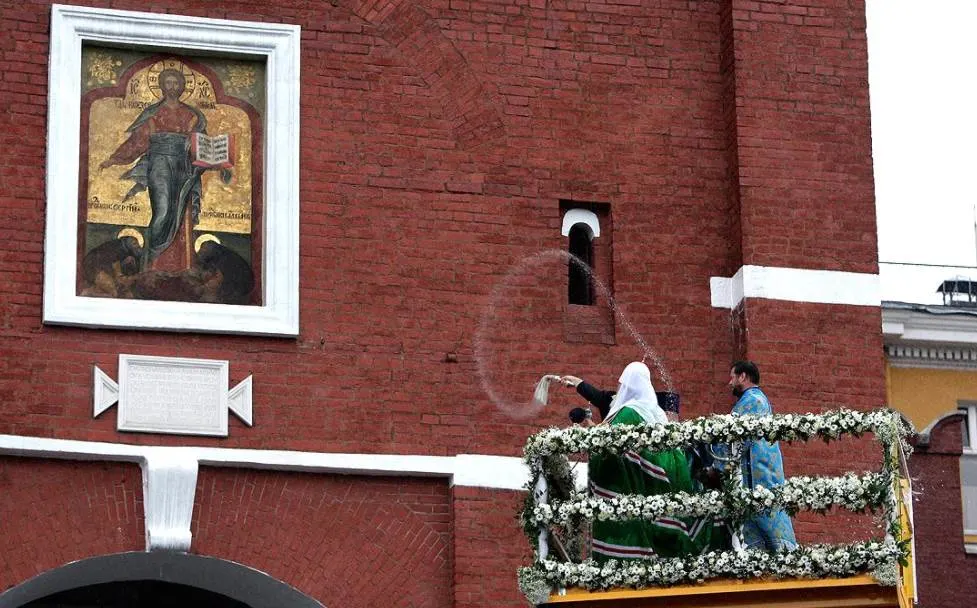It’s hard to deny that there’s something special about architecture in Moscow. We instantly think of St. basil’s Cathedral with its colorful domes, an icon of Moscow, and all of Russia, but there are plenty more fascinating buildings located here.
One of these is a remarkable clock tower located on the immense eastern wall of the Moscow Kremlin, majestically overlooking the famous Red Square.
In this article, you’ll discover some of the most interesting facts about the Spasskaya Tower, one of the most fascinating Red Square buildings.
1. It’s one of the 20 towers of the Moscow Kremlin
The Moscow Kremlin is an enormous fortified complex in the heart of the capital of Russia. This also means that it features huge defensive walls.
The Spasskaya Tower is one of the 19 towers that are part of the walls themselves. There’s one additional tower named the “Kutafya Tower” which is part of the Kremlin but which is not part of the Kremlin Walls.
The original walls were made of wood and were built in the 12th century. Over the centuries, these were fortified until they completely encircled the complex, and 20 towers were added. Many of these only served defensive purposes.
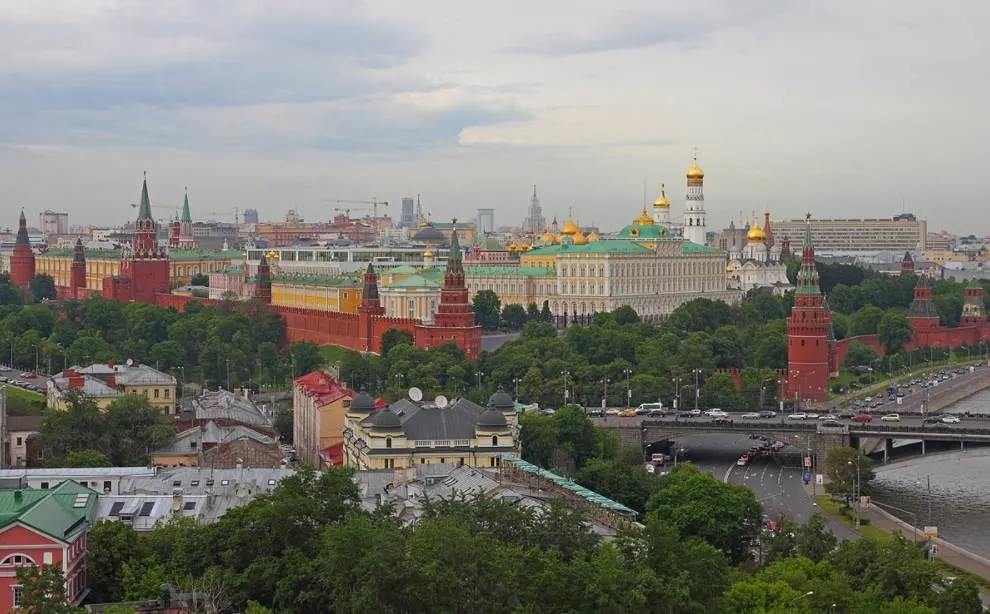
2. It was designed in the late 15th century by an Italian architect
A massive construction project was initiated by the Grand Prince of Moscow Ivan III, also known as Ivan the Great (1440-1505). Many parts of the wall and multiple towers were erected between 1485 and 1495, including the Spasskaya Tower.
What’s remarkable about this project is that it wasn’t designed and supervised by local architects but that several renowned Italian architects were invited to complete the job.
The architect that designed the tower was named Pietro Antonio Solari (1445-1493), a man who is also known by his Russian name Pyotr Fryazin.
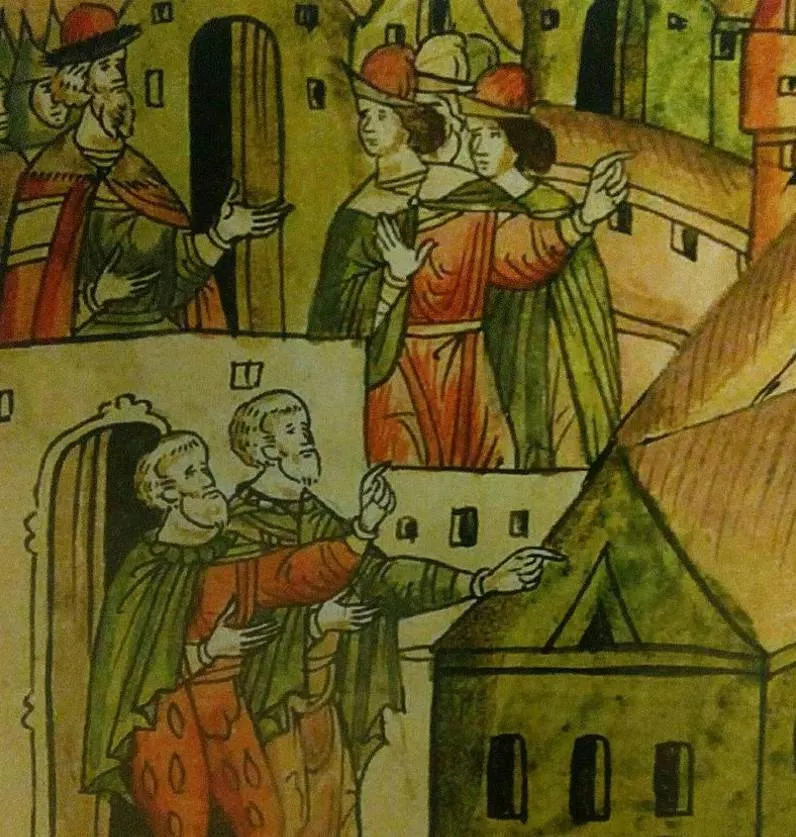
3. The tower originally had a different name

Even though the tower is known today as the Spasskaya Tower, this wasn’t always the case. It was originally known as the “Frolovskaya Tower,” a reference to the Church of Frol and Lavr that was located nearby inside the Kremlin.
Just like many other churches in Moscow, this one ended up being demolished. It was eventually renamed in 1658 referring to two icons.
One was named “Spas Nerukotvorny” and hung above the entrance to Red Square, and one was named “Spas Smolensky” which was hung on the outer wall of the tower.
“Spas Smolensky” translates to “Smolensky Saviour” and the current name of the tower translates to “Saviour Tower.”
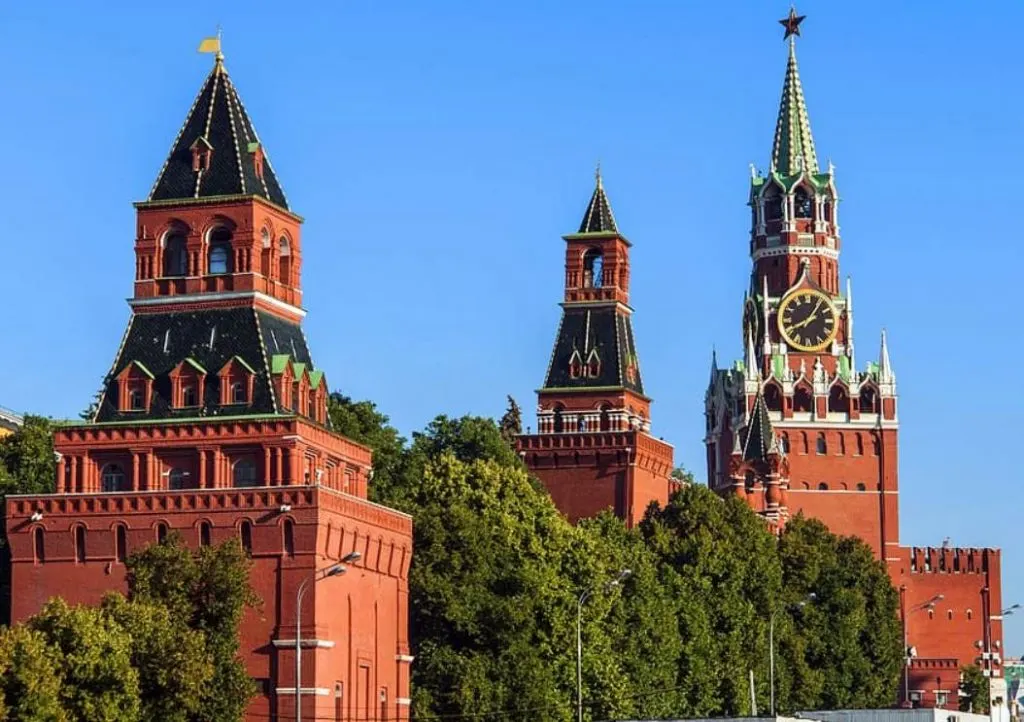
4. A Scottish architect helped with the design of the iconic roof and clock
The Italian architects weren’t the only foreigners who had a hand in the tower’s design. The hipped roof of the tower, the first of its kind of any tower that is part of the Kremlin, was designed by Bazhen Ogurtsov and Christopher Galloway.
The latter was a Scottish architect and clockmaker who worked in Russia during the reign of Tsar Mikhail (1621–1645). He designed both the tented roof of the tower and the enormous clocks.
The tower eventually reached a height of 71 meters (233 feet) following these additions, turning it into a multi-tiered structure. This was about double the height of the tower that was originally completed in the late 15th century.
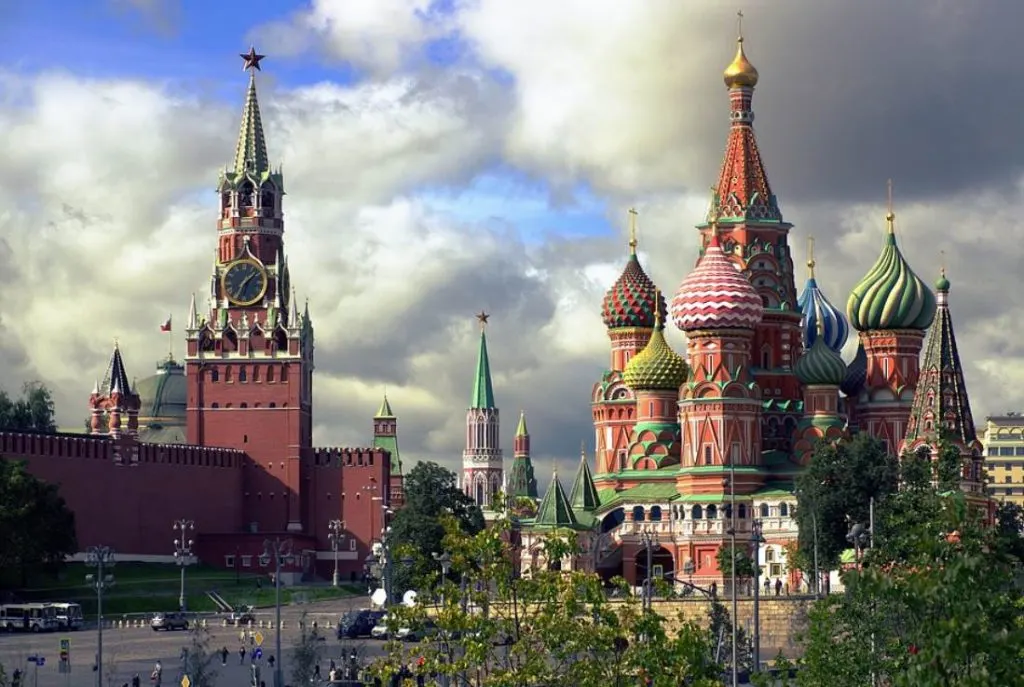
5. The star on top of the tower was only added in the 1930s
The tower reached its full height of 10 floors in the 17th century. one feature of the tower that we see today didn’t appear here until the year 1936, though.
This is the year when the Russian double-headed eagle that had decorated the top of the tower for multiple centuries was replaced with a red star.
This was part of Joseph Stalin’s effort to remove all visual elements of the Tsarist period during the Soviet era.
This went hand in hand with the demolishing of multiple churches as well, many of which have been rebuilt during the 1990s and 2000s following the fall of the Soviet Union.
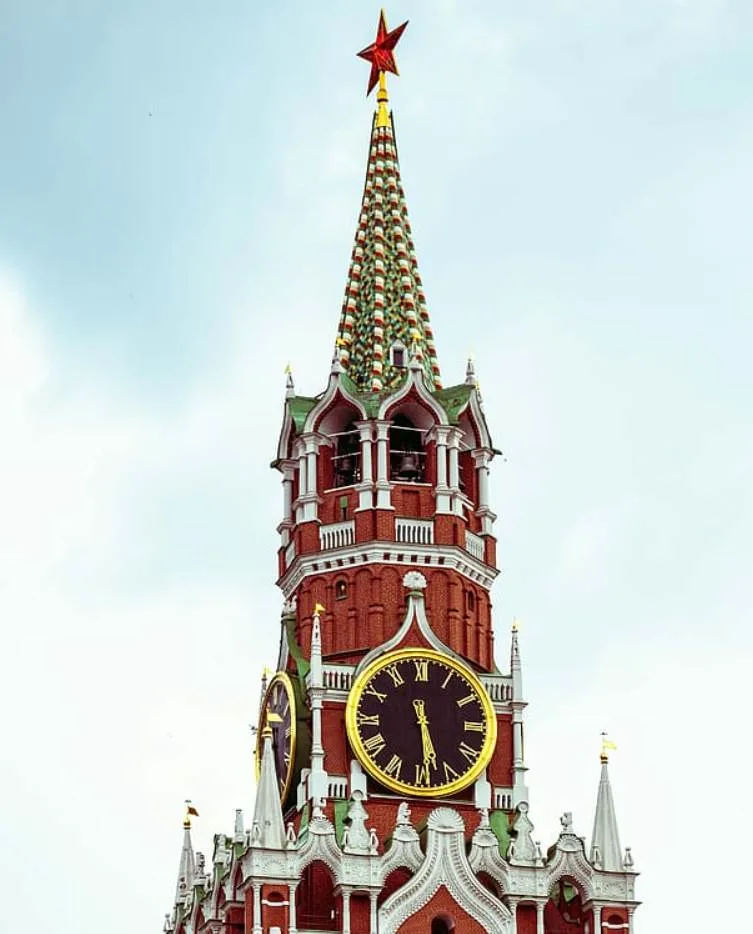
More interesting facts about the Spasskaya Tower
6. The entire Kremlin Wall, of which the Spasskaya Tower is a prominent part, is an enormous defensive structure.
It has a length of 2,235 meters (7,333 feet), a height that ranges from 5 to 19 meters (16 to 62 feet), and a thickness that ranges from 3.5 to 6.5 meters (11 to 21 feet).
7. The Spasskaya Tower was for a long time the main entrance of the Kremlin. It was not only used to welcome foreign officials but also during official processions.
Apart from this ceremonial function, its main purpose was to serve as a defense tower to protect the Kremlin from invaders.
It had a special feature that allowed the iron gates to drop when invaders managed to get inside the tower, effectively locking them up.
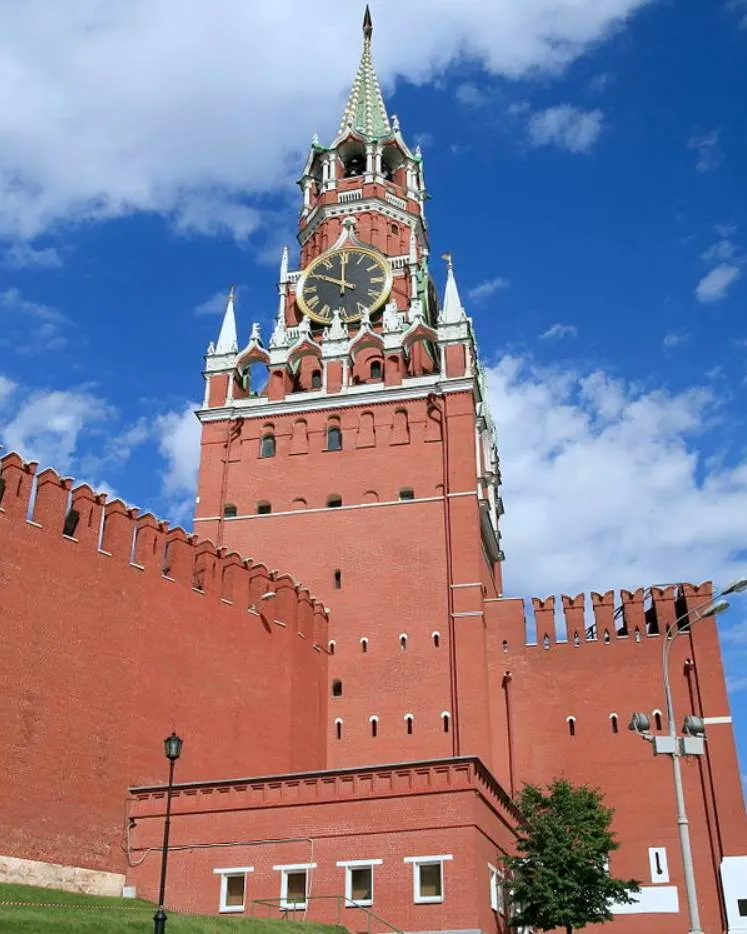
8. It’s unclear when the first clocks on the tower appeared, but this definitely happened anywhere between 1491 and 1585. The clocks are known as the “Kremlin Chimes,” mainly because 13 bells rang every quarter-hour for multiple decades.
The original clocks designed by Scottish architect Galloway were replaced in 1706 and again remodeled in 1851. The enormous clocks have a diameter of 6 meters (20 feet).
The other special feature of this clock and its bells is that it officially marks the Russian New Year. This basically means that for every Russian, the new year starts when the Kremlin Chimes ring.
9. When French Emperor Napoleon invaded Russia at the beginning of the 19th century, he didn’t pay respect to the custom of removing his hat while passing through the gates of the Spasskaya Tower.
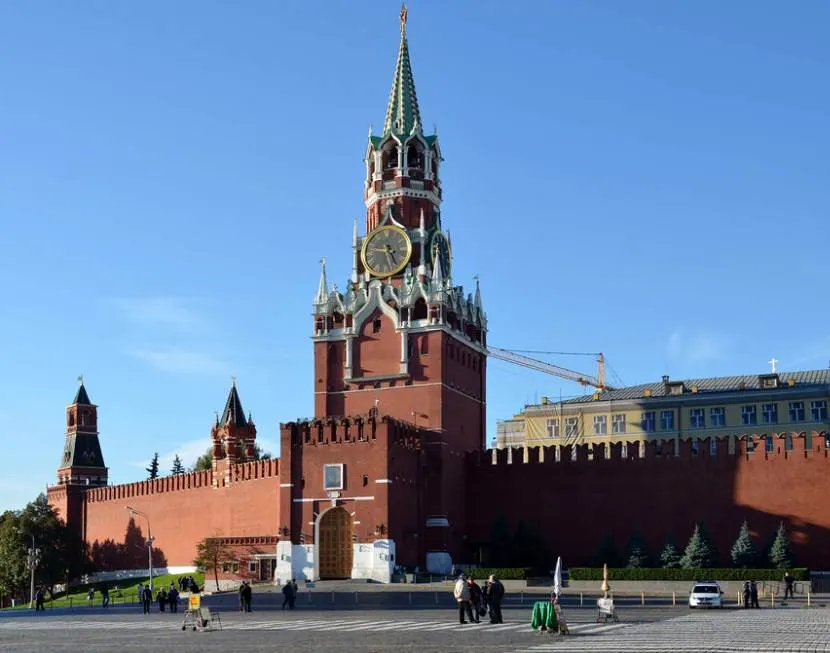
According to a local legend, his horse was all riled up while passing through the gates and his hat fell from his head shortly after.
When he was eventually defeated and had to retreat from the city, he ordered it to be blown to bits. Luckily, the Don Cossacks, Russian warriors who played a crucial role in Napoleon’s demise in Moscow, arrived in time to put out the lit of the bombs.
10. Spas Smolensky, the icon on the outside of the tower, was originally put in place in the 16th century. It ended up suffering the same consequence as many other buildings and monuments in Russia during Stalin’s campaign and was plastered over in 1937.
This icon was eventually restored in the year 2010 and still decorates the outside wall of the Spasskaya Tower today.
